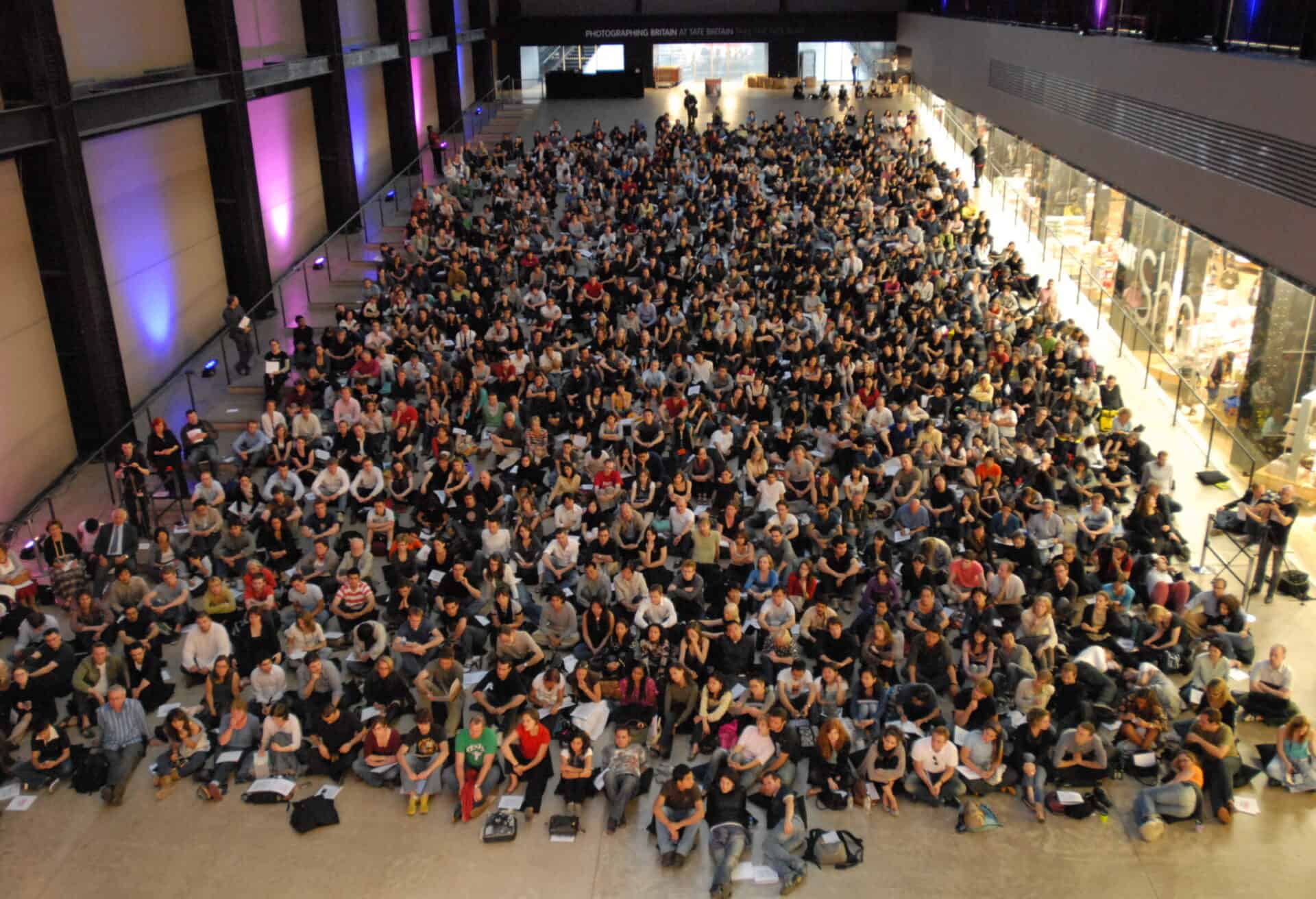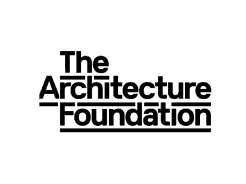Next – Project

Debate 3: How Can a Boomtown be Green?
SUNDAY 24 JUNE 2007
Growth means more people, more traffic, more activity, more consumption of energy, more waste and more buildings being pulled down and rebuilt, with a huge loss of embodies energy.
Yet Londoners are the greenest people in Britain: thanks to their use of public transport, they generate fewer emissions than anyone else . If London stopped growing they would move to other, very likely less sustainable places, If attempts to make London more green made it less successful, they would be self-defeating. If Londoners are pushed too hard for their cars they will be tempted to decamp to the suburbs and exurbs. If businesses have to pay for too many renewable energy devices in their buildings, they might be tempted to go somewhere less demanding.
Smaller cities, for example the Hammarby district of Stockholm, have pioneered housing developments with low levels of emissions and waste. Can the same techniques be applied to London? Or does its size and dynamism require a different approach?
Ken Livingstone (London Mayor, 2000–2008) is an enthusiastic supporter of Bill Clinton’s Large Cities Climate Leadership Group, which the ex-President says, will “take practical, and most importantly, measurable steps towards helping to slow down global warming”. But what would a greener London actually be like? Would it simply have stricter legislation against cars, more wind turbines on buildings and less demolition and construction? Or are such measures just what one writer has called “the Lilliputian localism of the Green lobby?”. Can a greener London be achieved by putting homes and workplaces closer together so that people travel less? Can London lead the world in showing how boomtowns can be green? Or will it stifle itself in the attempt?
This event was part of Debate London, a series of public events curated by The Architecture Foundation and hosted by Tate Modern in London. It was supported by the City of London.
SPEAKERS
Justin Rowlatt, broadcaster (chair)
Sian Berry, Green Party principal speaker and London mayoral candidate
Alejandro Gutierrez, architect and engineer
Alex James, musician and converted countryside dweller
Ben Page, chairman, Ipsos Mori (introduction)
Sunad Prasad, architecture and founding commissioner, CABE
James Woudhuysen, scientist, journalist and climate change sceptic
RESPONDENTS
Peter Bishop, director, Design for London in Mayor’s Office
Andy Neather, environmental columnist

Event Summary
“Last night’s debate about ecology was focused, heartfelt and perhaps a little more relaxed than the night before, with everyone in the room feeling more or less clearly that London needs to get its house in order on climate change. Londoners in general appear to think so, too, according to Ben Page of Ipsos Mori, who again came up with some relevant stats. “57% of us worry about climate change”, he said, “but only 59% of people said they had changed their lifestyles to respond to this worry”. Gutierrez shared with RIBA [Royal Institute of British Architects] president, Sunand Prasad a belief in human ingenuity to solve problems of climate change. He gave us a global context, saying that compared to almost anywhere in China, London isn’t a boomtown at all. “If London can’t deal with climate change, how can Shanghai with its far greater challenges?”, he said. Prasad highlighted the “money, talent and political drive in this town”, and suggested that “technology has a part to play, not just reduction of consumption”. Having said that, most of his points suggested it was down to us to change things, highlighting the need for “carbon literacy” to help create a kind of Blitz spirit to tackle carbon emissions. Finally, professional controversialist James Woudhuysen told us that not only was climate change not as worrying as we were bring led to believe, but that innovation in technology was much more like to show carbon emissions than behaviour control”.
– Kieran Long, editor of project website



